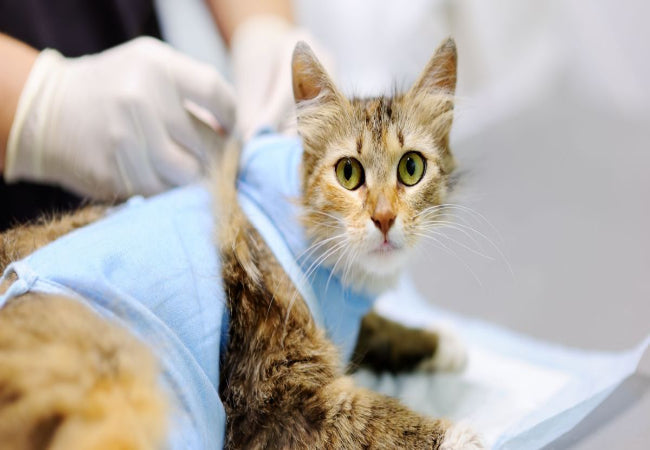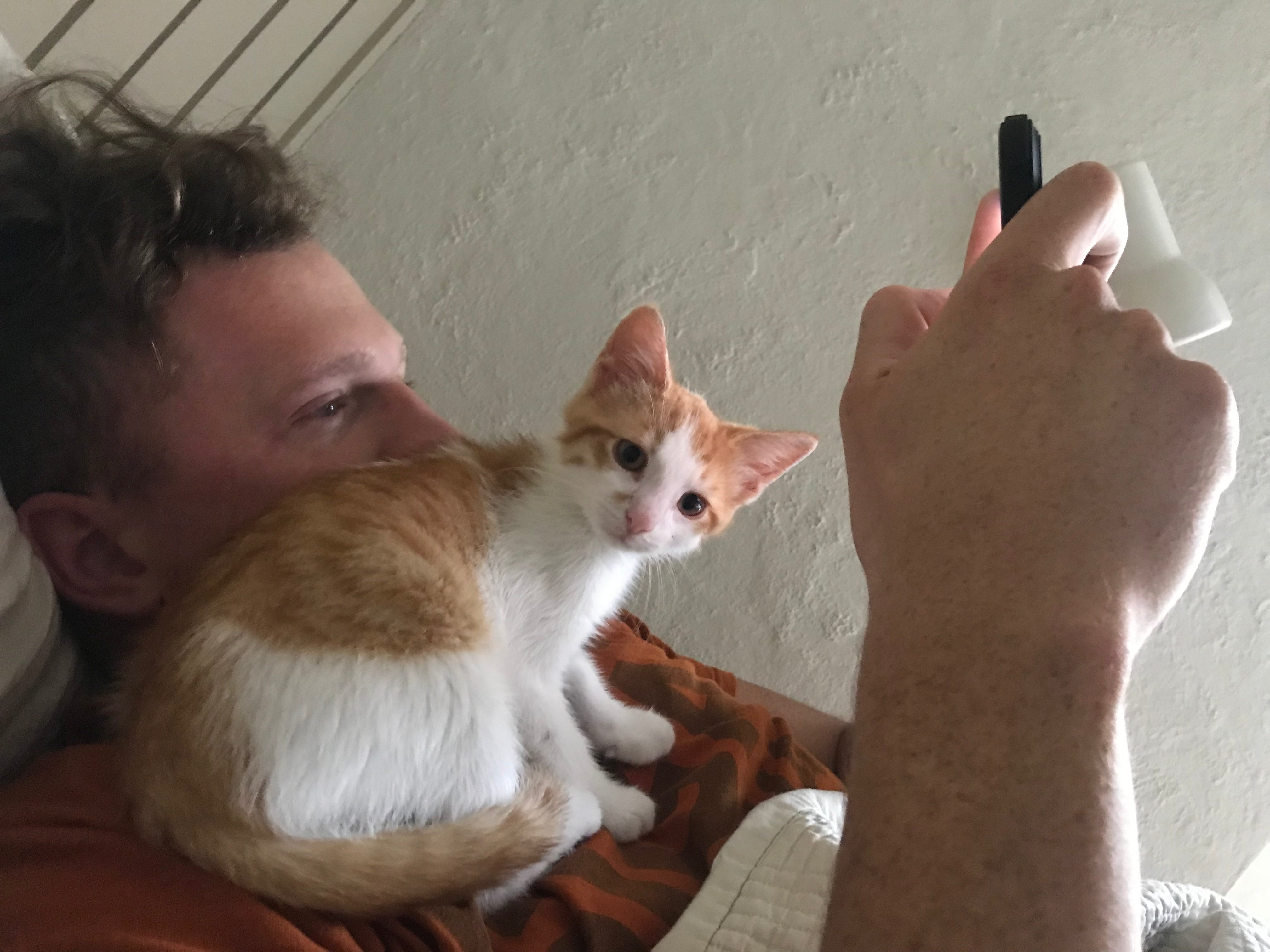The Essential 2025 Guide to Spaying & Neutering Your Cat’s Health 🐾

In this article
The Essential 2025 Guide to Spaying & Neutering Your Cat’s Health 🐾
By Dr. Duncan Houston BVSc
As a cat owner, one of the most important decisions you’ll make is whether to spay or neuter your cat. Whether you’re a first-time pet parent or an experienced feline lover, understanding the benefits, procedures, and long-term effects of these surgeries is essential for your cat’s health, behavior, and overall well-being.
🩺 Why Spaying or Neutering Matters
Spaying (females) and neutering (males), also known as desexing or “fixing,” are surgical procedures that prevent unwanted pregnancies. Beyond helping control cat overpopulation, these procedures offer significant health and behavioral benefits for your cat.
🧬 Health Benefits
Spaying or neutering provides long-term protection against certain diseases and cancers:
-
Females (spaying):
-
Eliminates the risk of ovarian and uterine cancers
-
Significantly reduces the risk of mammary cancer
-
-
Males (neutering):
-
Prevents testicular cancer
-
Reduces the risk of prostate problems
-
Overall, desexed cats tend to have longer, healthier lives and are less prone to reproductive system-related illnesses.
🐱 Behavioral Changes
Spaying or neutering can also positively influence your cat’s behavior:
-
Male cats:
-
Less likely to roam, reducing the risk of fights or accidents
-
Less prone to territory marking with strong-smelling urine
-
-
Female cats:
-
Won’t go into heat, preventing behaviors such as yowling, restlessness, or excessive affection
-
Behavioral improvements make your cat more relaxed, social, and easier to manage at home.
🏥 Understanding the Procedure
Both procedures are performed under general anesthesia and are generally very safe. Recovery time is usually short, with most cats returning to normal play and eating habits within a few days. Key points to consider:
-
Post-operative care may include limited activity for several days
-
Keep your cat in a quiet, comfortable space during recovery
-
Follow your vet’s instructions for medication and wound care
Consulting your vet beforehand helps determine the best age and timing for the surgery.
🌍 Broader Impacts
Spaying and neutering aren’t just about individual health — it also contribute to reducing stray populations and the strain on animal shelters. Responsible cat ownership includes making informed decisions that benefit your pet and the wider community.
💬 From the Vet
“Spaying and neutering are some of the safest and most beneficial procedures for cats. They protect against cancer, reduce problematic behaviors, and help control overpopulation. Timing and proper post-op care are key to a smooth recovery.” – Dr. Duncan Houston BVSc
🧸 Final Thoughts
Spaying or neutering your cat is a responsible choice that impacts their health, behavior, and happiness. By consulting your veterinarian and scheduling the procedure at the right time, you’re giving your cat the gift of a safer, healthier, and more content life — while also helping address the issue of cat overpopulation.








